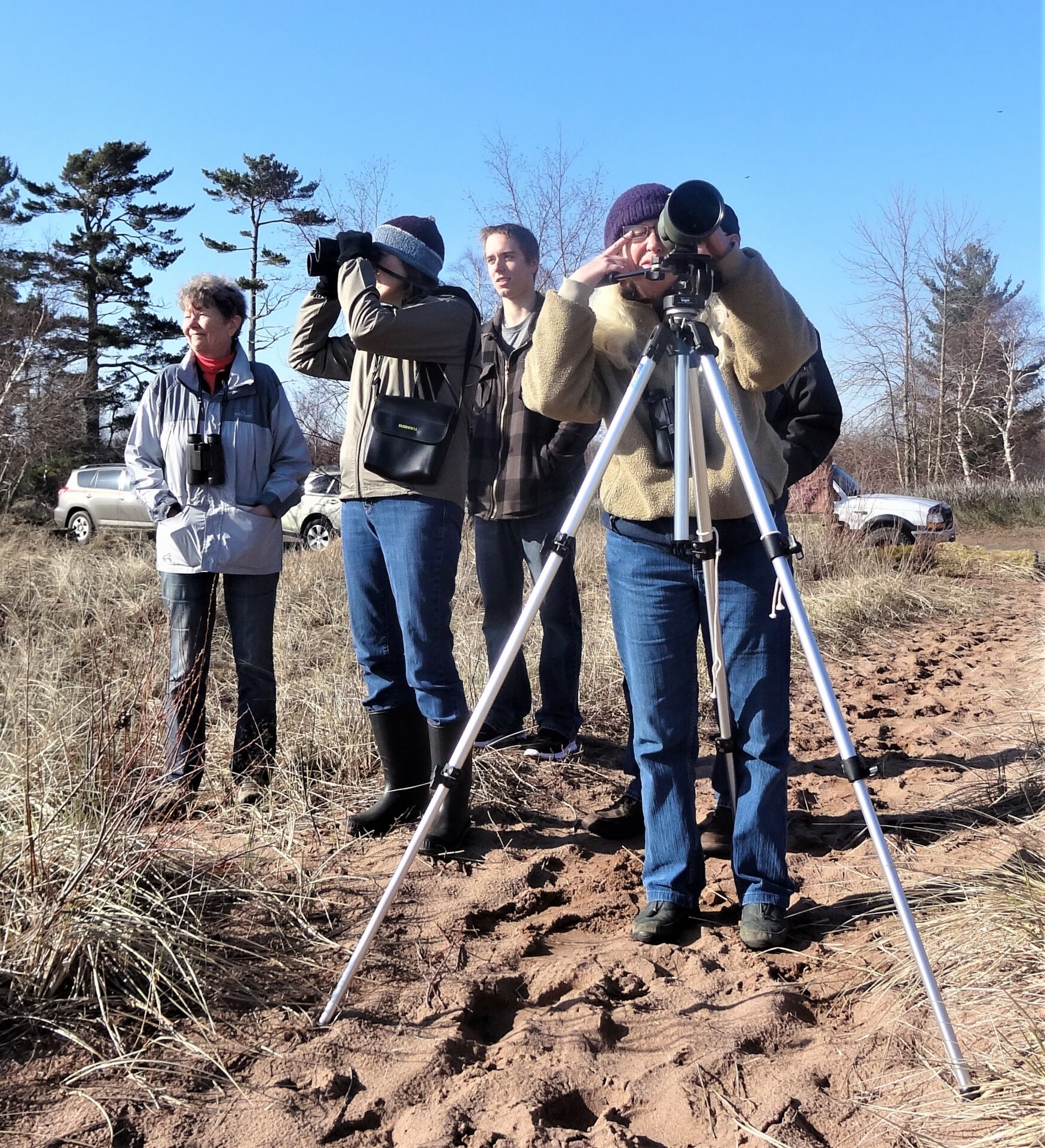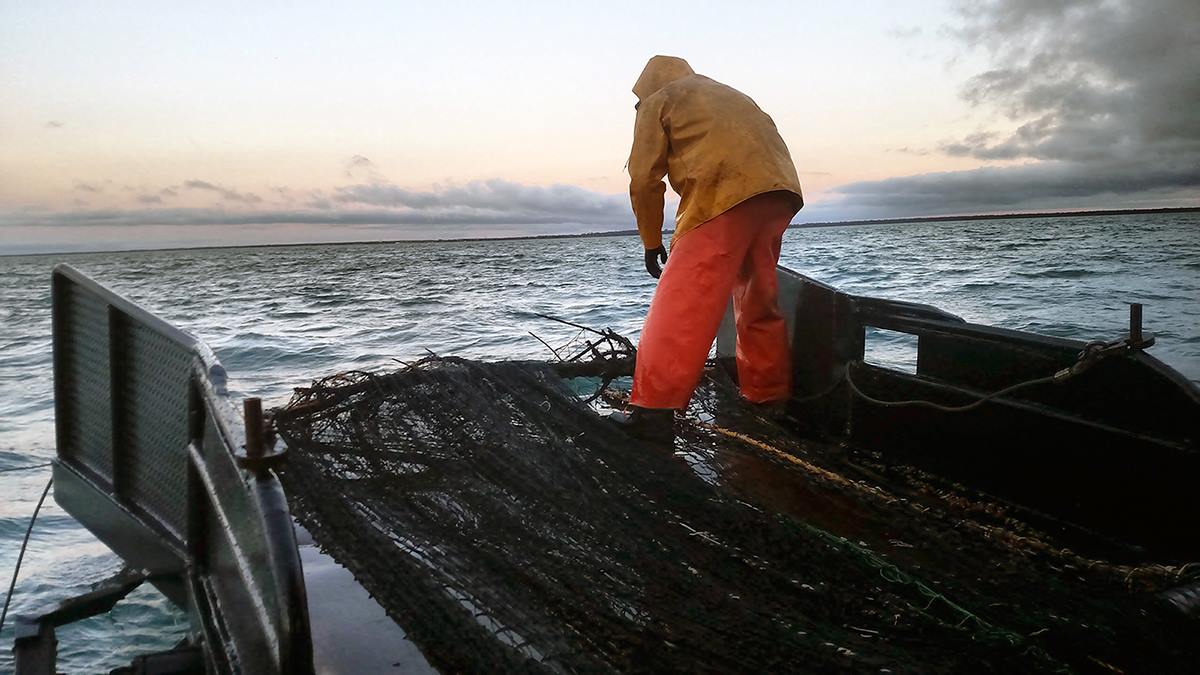For those thankful for the economic and cultural importance of lakes Michigan and Superior, as well as the health of our drinking water, glad tidings. Some care and attention given to the big lakes and our groundwater paid off in the last year. In part, that’s due to the research and collaborative extension work evidenced through three sample projects, one funded by University of Wisconsin Water Resources Institute and two by Wisconsin Sea Grant:
· Safe drinking water is something we all take for granted. Yet there are a lot of naturally occurring as well as human-introduced contaminants that threaten our water supply. Two Water Resources Institute researchers discovered that a byproduct of a water-treatment system—solids from the naturally occurring contaminant manganese—can be used to degrade even more hazardous compounds like heavy metals or bisphenol A (BPA). BPA has been linked to a host of endocrine disorders, affecting the brain and reproductive organs, particularly in babies and young children. BPA is everywhere in our modern world. It’s found in plastics such as baby bottles, on the back of retail sales receipts and lining canned goods.
· A Sea Grant researcher is making beaches safer for people to visit. She has developed a rapid testing method to be sure the water and sand aren’t contaminated and threatening to human health. Cleanup of one Lake Michigan beach attracted $1.5 million in public-private funds. Now, Milwaukee’s Bradford Beach draws thousands of visitors each summer. This researcher is currently redesigning a second beach so it, too, won’t make people sick if they visit.
· This fall, President Obama announced a process that could likely lead to a new national marine sanctuary in the waters of Lake Michigan adjacent to the communities of Manitowoc, Sheboygan and Port Washington. It would be based, in large measure, on the treasure trove of shipwrecks found there. For more than 20 years, Sea Grant has supported shipwreck exploration as a means to preserve maritime heritage and draw tourists who want to scuba dive or visit related land-based attractions like maritime museums and lighthouses.
Numerous other projects were carried out in 2015 on behalf of the 6.4 million acres of the Great Lakes that lie within state borders and Wisconsin’s 1.2 quadrillion gallons of groundwater.





